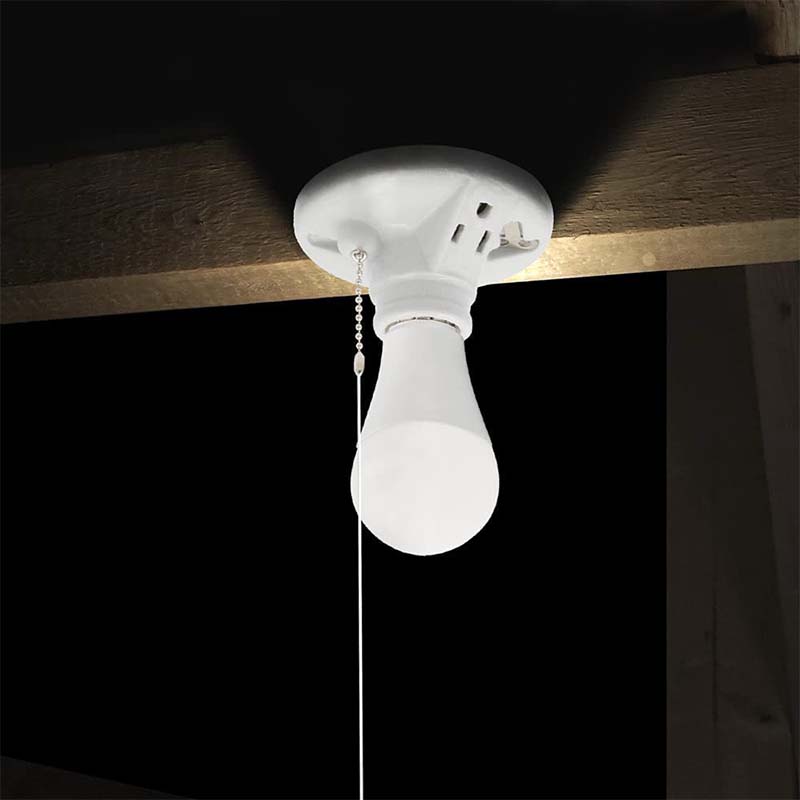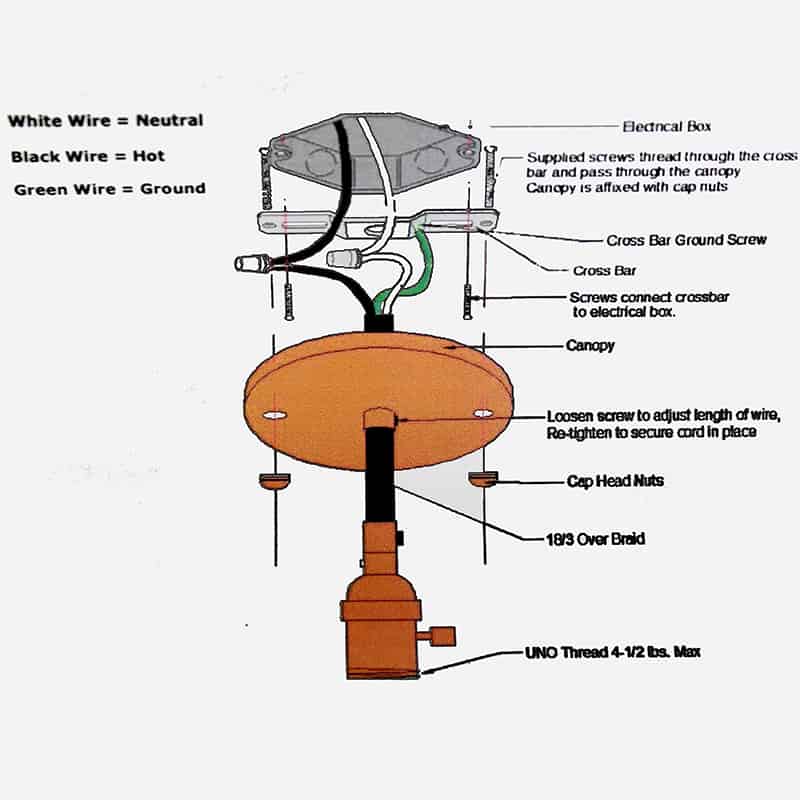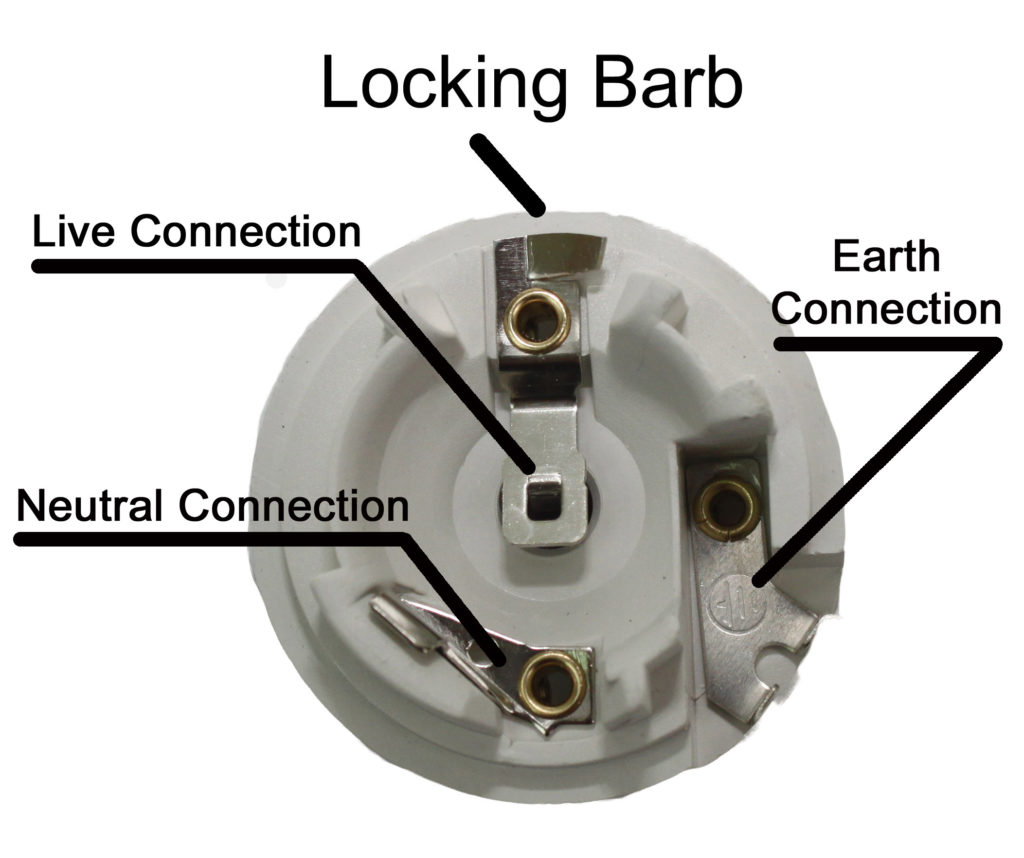If you try to force a light bulb out of a lamp socket, you can break the bulb or get hurt. Using the right method will help you safely and easily remove the bulb without breaking it or hurting yourself.
To remove a stuck light bulb, make sure you turn off the power, and then use tools like tape or lubricants to help you.
Now, let’s talk about how to get a light bulb out of a socket when it’s stuck.

Ensure the Power is Off
Before attempting to remove a stuck lightbulb, the most important step is to turn off the power. This ensures that you won’t accidentally get shocked while working on the fixture. You can either turn off the breaker controlling the circuit or simply unplug the lamp if you’re dealing with a portable fixture. Ensuring the power is off will protect you from the risk of electrical shock or causing a short circuit during the removal process.
Use Gloves or Tape for Better Grip
Rubber gloves can provide extra grip when removing a stuck lightbulb, making it easier to twist and unscrew. The gloves not only increase friction but also protect your hands from accidental cuts if the bulb breaks during the process.
If gloves aren’t enough, using wide duct tape can give you additional leverage. Cut a piece of tape, wrap it around the bulb so both ends stick out, and use the tape handles to rotate the bulb. This method works particularly well for lightbulbs with smooth surfaces that are hard to grip.
How to Handle a Broken Bulb
If the bulb has already shattered, you’ll need to take extra precautions to avoid injury. Begin by putting on a pair of thick rubber gloves to prevent cuts from any remaining glass. Using a pair of needle-nose pliers, carefully grip the metal base of the broken bulb and twist it counterclockwise to unscrew it.
Alternatively, you can use a potato or a bar of soap for this task. Press the potato or soap into the jagged remains of the bulb base and use it as a handle to twist the bulb out. This technique works by providing a firm grip on the broken metal and prevents further damage to the socket.

Apply Lubricant to Loosen the Bulb
If the bulb is particularly difficult to remove, applying a lubricant such as WD-40 can help loosen the connection. Spray the lubricant at the base where the bulb meets the socket, and let it sit for a few minutes to penetrate the threads. The lubricant will reduce friction and allow the bulb to unscrew more easily.
Once the lubricant has had time to work, gently try unscrewing the bulb again. Be cautious not to apply too much force, as it may cause the bulb to break further.
Use Electrical Tools for Stubborn Cases
If manual methods don’t work, consider using specialized electrical tools like a bulb extractor. These tools are specifically designed to remove stubborn or broken bulbs from the socket. They grip the inside or outside of the bulb’s base, giving you better control for unscrewing it without damaging the socket.
If you don’t have a bulb extractor, you can try using long-nose pliers to grip the base of the bulb. However, it’s important to be gentle to avoid damaging the socket’s internal components.
Prevent Future Sticking
Once you’ve successfully removed the bulb, it’s a good idea to prevent future issues by applying a small amount of lubricant, such as petroleum jelly, to the threads of the new bulb before screwing it in. This can make it easier to remove the bulb when it eventually burns out, as it reduces the likelihood of the bulb fusing to the socket.
Additionally, avoid screwing the bulb too tightly. Many people over-tighten bulbs, which can lead to them getting stuck. A snug fit is all that’s needed.

Handling a Bulb Broken Inside the Socket
If the bulb has completely broken off in the socket and there’s nothing to grip, you can use needle-nose pliers or a broken bulb remover tool to carefully extract the remaining pieces. First, make sure you are wearing safety gloves to avoid cuts. Grip the edges of the metal base and twist it counterclockwise until the remnants are removed.
If you encounter resistance, be patient and work the tool around the socket to avoid damaging the internal wiring or components.
When to Call a Professional
If you’ve tried all the above methods and the bulb is still stuck, or if you’ve damaged the light socket during your attempts, it may be time to call a professional electrician. In older fixtures or more complex electrical setups, attempting further repairs without professional help can increase the risk of damaging the wiring or creating a fire hazard.
Professional electricians have the experience and tools to remove even the most stubborn lightbulbs without damaging the socket or surrounding components.
Final Words:
With the right tools and techniques, you can safely and effectively remove a stuck light bulb without breaking it. Make sure you turn off the power first and wear some protective gear to keep you safe while you’re doing it.













